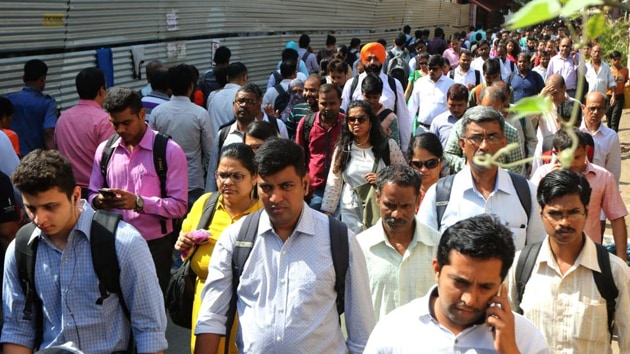Committee set up to revisit criteria for creamy layer submits report
Income ceiling is the threshold over which OBC candidates would be barred from caste-based reservation in government jobs and admission to government- funded educational institutions.
A committee formed to review the criteria for determining the so-called creamy layer, or better-off sections, among Other Backwards Classes (OBCs) submitted its report to the Union ministry of social justice and empowerment on Friday.

According to people aware of the development, the report has suggested ways to make the process of determining creamy layer non-discriminatory and legally sound. The committee has, however, not touched the issue of raising the income ceiling from ₹8 lakh to ₹20 lakh, as suggested by the ministry and a parliamentary panel.
Income ceiling is the threshold over which OBC candidates would be barred from caste-based reservation in government jobs and admission to government- funded educational institutions. It was raised from ₹6 lakh a year to ₹8 lakh in 2017. Those with annual parental income (excluding earnings from farming) of ₹8 lakh and above are not eligible for reservation benefits.
According a person aware of the development, the committee headed by former department of personnel and training (DoPT) secretary BP Sharma; was set up in March this year to revisit the criteria for determining the creamy layer laid down in 1993.
“There were issues such as lack of parity in determining the creamy layer that were leading to difficulties and discrimination in the implementation of the criteria, so the committee was given the mandate to simplify and streamline the process,” said the person cited above.
Various OBC groups have demanded the creation of a template for identification of the creamy layer. For instance there is no classification such as Group A, B, C and D for what exactly in public sector units (PSUs) while such a distinction is applicable in the government. The committee was also asked to come up with a way to create parity for employees in state and central government-run PSUs.
The revision of the cutoff income ceiling will be undertaken in 2020, an official said on condition of anonymity. “It is normally done after every three years. There is a recommendation from a parliamentary committee on the welfare of OBCs to raise the ceiling as the representation of OBCs in government departments is below the target of 27%,” the official said.
A member of the National Commission for Backward Classes, Kaushalender Singh Patel, said, “My personal opinion is that the ceiling should be increased as the cutoff of ₹8 lakh per annum it too little.”






